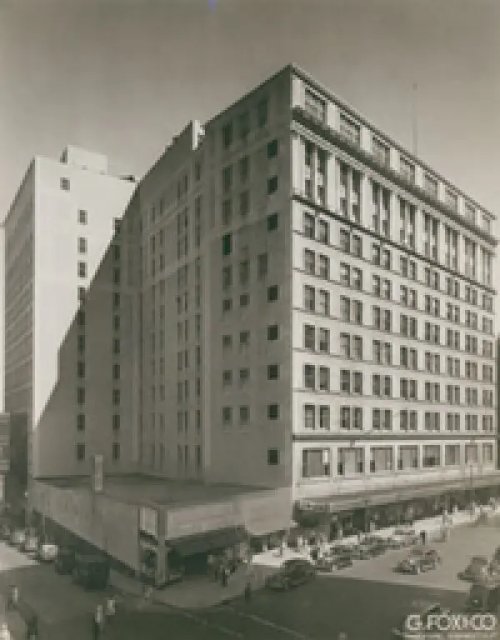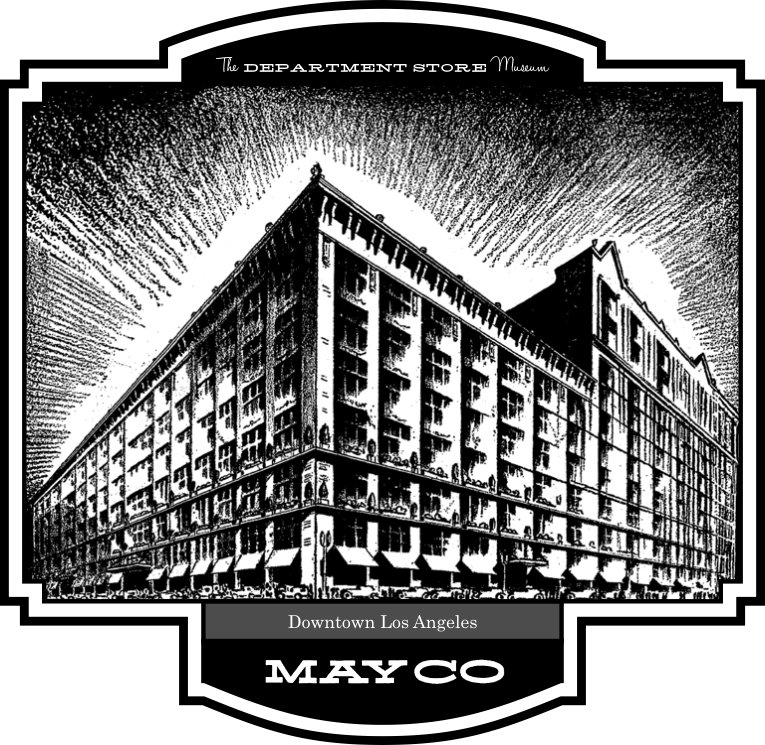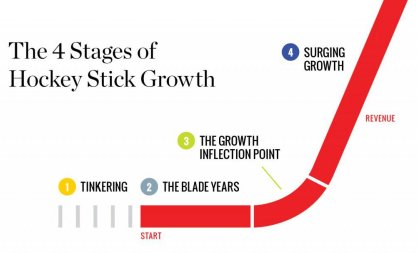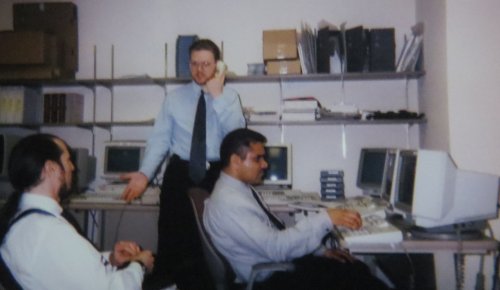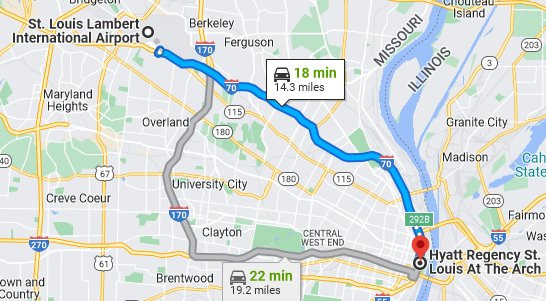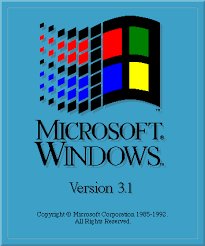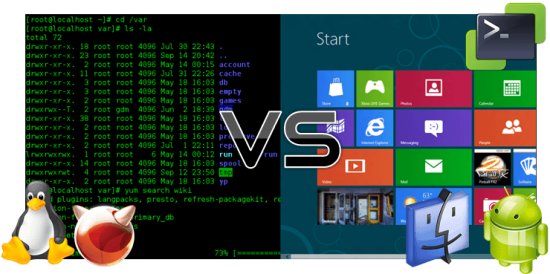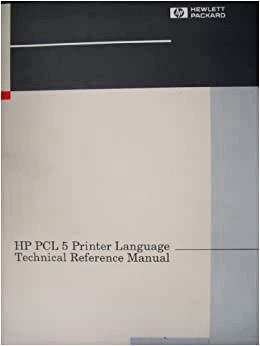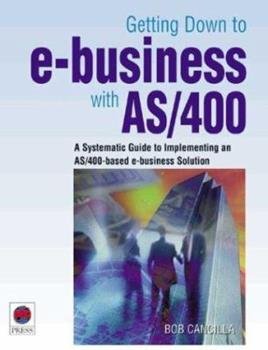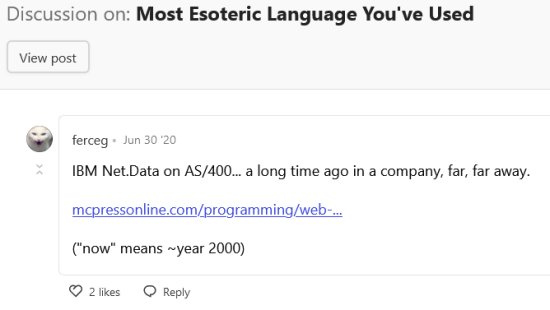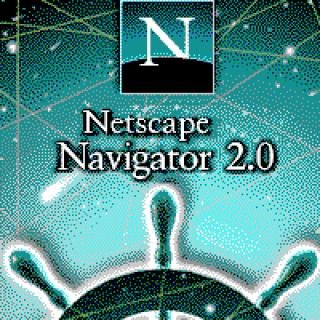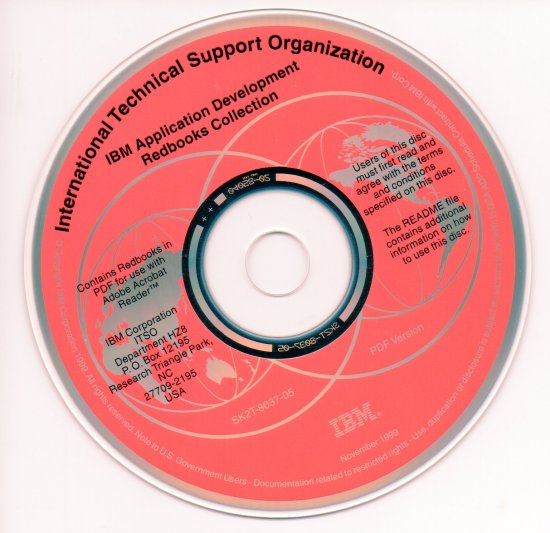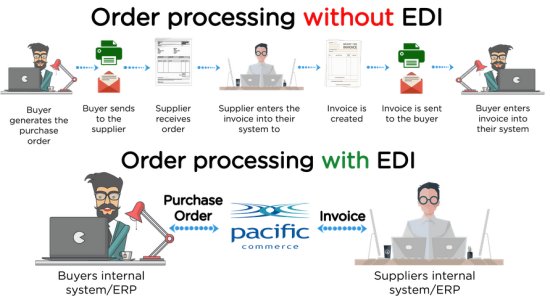In “Pro-Am” events one player in each pair has a limited amount of experience, usually short of Life Master rank. Bob Bertoni ran such contests on Friday evenings at the sectionals sponsored by the Eastern Mass Bridge Association. As an … Continue reading
In “Pro-Am” events one player in each pair has a limited amount of experience, usually short of Life Master rank. Bob Bertoni ran such contests on Friday evenings at the sectionals sponsored by the Eastern Mass Bridge Association. As an officer of District 25 he brought them to regional tournaments. The first one few were moderately successful. The last one before the pandemic, held in Nashua in June of 2018, was a huge success—21 tables! I attended the first Pro-Am, the last one, and all in between.
The last item discussed at the district’s Executive Committee meeting at the 2023 Gala in Marlborough, MA, was how to attract people to the evening games. At the last minute I, remembering that the Pro-Am had attracted so many players before the pandemic, suggested trying a Pro-Am pairs game. Susan Miguel, the district’s vice-president at the time, asked after the meeting if I would volunteer to “run it.” Thinking that she meant at the next tournament in February in Southbridge, I agreed.1
Well, the district’s February tournament was not held in Southbridge; it was in Mansfield, MA. Furthermore, it was not a real regional—it was limited regional with a simultaneous open sectional. So, there no Pro-Am was on its schedule.
There was a tournament in April in Southbridge, but Susan, who by this time was the president, wanted to have the Pro-Am at the June tournament, the Granite State Getaway, in Nashua, NH. I guess that I could have said no, but I did not want to go back on my word. She let me choose whether the event would be on Friday or Saturday. My wife Sue, who agreed to help with the project, and I selected Friday. I sent the first promotional mailing on Saturday, April 6. It is posted here.
While researching the 2016 event I discovered that one of the big attractions was the half-price entry fee. I emailed Sue Miguel to ask whether we could offer a similar incentive in 2024. Here was her incongruous reply.
This time we’ll charge the full amount BUT we’re going to make sure we have LOTS of things making it fun and are will be [sic]great to advertise.
For starters we’ll have special food. We can also offer raffles, prizes and a little trinket everyone can receive just for playing.
As soon as we wrap Southbridge, we’ll put our minds on it.
Let’s see if we can find a theme to run with…
This sounded horrible to me. The atmosphere at a Pro-Am is less relaxed than the atmosphere in an Open Pairs game, but the theme is well established. Pros are there to give tips and confidence; Ams are there to get better. Both are there to get acquainted with someone from the other group.
That’s the theme!!!
I’ll make an ad but I need a couple of days to regroup and recover.
Directors in Hawaiian shirts, themed party food and gifts. Everyone gets a lai [sic] at the door.
Can’t wait….
I had to wonder if she had ever been to a luau. Most people who vacation in Hawaii for a few days attend one, but no one ever goes more than once. The hula dancing and the juggling of flaming torches are rather spectacular, but the food is secondary.
When I told my wife about this scheme, she had the same reaction that I did: “Are they going to make people eat poi?”
Anyway the only way that I could imagine to connect luaus to Pro-Am events was that professional hula dancers in grass skirts often tried to train unsuspecting (and usually intoxicated) amateur tourists in the art of hip swiveling. I doubted that we could persuade many people at a bridge tournament to participate in anything similar.
So, I decided to keep promoting it as an event with interesting bridge and painless learning without emphasizing the luau angle. Several people responded to my first email. Two volunteered as Pros. I was able to match Curtis Barton up with the only Am who responded, Daniel Sheinen. So, counting Sue and me, we now had one full table and one extra Pro.
On April 29 I received an email from Stuart Showalter, who had been appointed editor of a newsletter that Sue Miguel dreamed up.
Sue Miguel tells me you could write a short piece for the District 25 newsletter concerning the Pro-Am returning to Nashua. I think something about 250- 300 words would work well. See the attached copy of our March issue. Your article could be along the lines of the “Bridge Fest Returns” article in that issue.
Thanks, and let me know if you have any questions.
I composed about 250 words and sent them to him with a bunch of photos. He thanked me, but I never saw a newsletter that contained any of them. Before writing this I looked on NEBridge.org for newsletters, but I found nothing.
On May 20 I sent an email to all of the non-Life Masters in the district with less than 750 masterpoints. It featured a photo of the hotel, some gold bricks that I found on the Internet, a full-width photo of the Pro-Am event in 2018, and a photo of a wahine throwing a shaka. I argued that Friday was the best day for a non-LM to attend the tournament. They could pick up some gold in the morning and afternoon at the Bracketed Open Pairs and get some tips from “pros” in a fun setting. It is posted here.
This email received quite a few responses. The one that I received from Sue Miguel was totally unexpected.
The countdown has begun to the Pro-Am. I can’t wait. Already have a date to play with Denise.
As much as we appreciate everything you’re doing to make the event a success, I have to remind you that the only person who is authorized to send out emails on behalf/for the District is Neil Montegue.
In addition, we added a new communications protocol to our governance routine…..ALL emails from EVERYONE (even me) need to be reviewed by Denise before they are sent. In this case, she would have pointed out you omitted Bridge FEST! from the list which is now going to create much confusion. Also, we already had an email scheduled to go out today. We promised our members we wouldn’t be over sending emails and we need to adhere to what we promise.
Let me know if there is anything you need for the Pro-AM and keep us in the loop about the level of BUZZ you’re feeling.
Thanks again,
I immediately crafted this response:
I was unaware of any such “protocol”. I certainly never tried to edit or approve emails sent by authorized others when I was Communications Manager. Nobody approved any emails that I sent.
The only BridgeFEST event on Friday is the bracketed pairs, which I definitely highlighted (although I did not use the term because I sent the email to all “Ams”, some of whom would presumably not be considered “New and Advancing Players”). It is difficult to promote a full-price red-points-only event held in the evening at a regional. I expect few (if any) players to participate who did not play on Friday. The only other event on Friday is an Open Swiss that is unlikely to appeal to many Ams. So, the focus of the email was on the unique bracketed pairs and the Pro-Am. I mentioned the Hawaiian theme, but I could not think of a way to tie it in to the Pro-Am, and the best Hawaiian foods are fresh fruits and freshly caught fish, neither of which are likely to be served in Nashua.
I hope to send out an email to Pros by the end of the weekend. I plan to emphasize three things: the bracketed pairs, the pleasure of playing with “advancing players” (unless you are married to one), and a wager that Sue and I have made as to whether more pros or ams will attend. I will send it to you and Denise for approval.
I had a few positive responses to the first email. One person asked if the pros could play for free. I matched up one pro with an am.
I did not mention that if she had told me that I would not be able to do my own marketing, I would never have agreed to manage this process in the first place. For the last couple of years I have submitted my emails for the Connecticut Bridge Association to the unit’s Communications Committee. The only negative comments were from Esther Watstein, and they always encourage more “WOW!”
The email that I proposed was ready to go on May 26. Denise, whom I hardly knew at all, kept it a few days and then sent it back to me with much of it rewritten. I was frankly insulted. Who did she think she was? I have written scores of emails promoting bridge. No one has ever tried to rewrite one. One of her complaints was that it was redundant. Nothing was internally redundant. Did she mean that it repeated information that was available elsewhere? It certainly did, but is that wrong? Of course not.
I replied as follows: “This is lifeless.”
She replied:
I am not sure what you are stating. Most of your email has remained. The lei insinuations have to be taken out. Some of our members would be offended. Pls consider a happy medium and let me read another draft. I have offered to help. I am at the partnership desk every morning and during the break between games. I would be happy to discuss this.
She left her phone number. The last thing that I wanted to do was to “discuss this” with her over the telephone. I would be trying to persuade her that I had much more experience and knowledge about how to persuade bridge players than she did. What do you think were the chances of being able to do that?
I wrote the following: “I am not going to argue about this. Send whatever you want, but leave my name off of the bottom.”
What they did send, a few days later was the following image with no text whatever:

Please note that it does not say anywhere where this will be held or the date. The email address on it was mine, but the reply-to address was not. Every inquiry that I received asked where and when it was. I had to apologize to them that that information had not been included.
I would never have sent an email that used the word “kahuna” to refer to a bridge event. Since the word has religious connotations, I probably would have avoided it entirely. Also, I noticed that the definitions of the three categories had changed from what Sue Miguel had told me previously. I had relayed the (suddenly erroneous) information to a few people who had asked about the event. All of this made me pretty angry because it made me look stupid or incompetent.
I decided to compose my own email and send it using my free MailChimp account. I made sure to make it clear that it was my personal requests, and I used my personal database and account. It did not violate the dictum: “the only person who is authorized to send out emails on behalf/for [sic] the District is Neil Montegue [sic].” On June 7 I sent it to all Life Masters in New England with more than 750 masterpoints. It is posted here.
910 people (68.3 percent of the addressees) opened this email, an astonishingly high number. I received many very positive responses. Some people volunteered to be Pros. Others said that they would have volunteered if they were going to be at the tournament on Friday.
On Monday June 10 I received an extremely disconcerting email from the ACBL. I scanned it and decided not to let it ruin my tournament. I postponed dealing with it when we returned from Nashua. The email and my response are discussed in the section below.
Sue and I divided the partnership task into two parts—making sure that everyone knew about the event and matching up “Pros” with “Ams”. Before the tournament we primarily used email to achieve the first goal. At the tournament we primarily relied on word-of-mouth. Sue also was asked to give an impromptu speech at one of the “”Fest” events.
I decided that we should use index cards to keep track of the people who wanted to play. There may be other ways of organizing a Pro-Am. If anyone had ever documented the process, I was unaware of it. I bought a pack of 100 at Target for the astounding price of $.80. According to the rules that Sue Miguel published, there would actually be three categories. Group 1 was composed of all non-Life Masters. Life Masters with over 750 masterpoints were in Group 3. Group 2 was the other Life Masters. In actual fact the only player in the middle category who contacted me was John Lloyd. He played with an Am.
We filled out a card for each player. I bought a Sharpie with a very wide nib. On each card we placed a very prominent P, A, or 2 to designate the category that the play was in. I waited until June 7 to do this so that I could use the most up-to-date rosters for the ranks and masterpoints.
If both a Pro and an Am contacted me, I sent an email to the Pro and asked him/her/them to contact the Am. Only one Pro told me that “it was not a good fit”. Every other Pro contracted the Am in question and both agreed to play. By the time that the tournament started we had matched up enough Pros with Ams that we were fairly certain of at least a four-table game. I used a paper clip to keep the matched-up pairs together.
I had also heard from several Pros who reportedly were not only coming but were actively working to increase attendance. I expected to discover a lot of activity concerning the event in Nashua. When we left on Tuesday afternoon I was projecting ten or so tables, a very respectable turnout that would mean that we could have a standard Mitchell movement.
Sue had a different idea about contacting people. She asked me to provide her with a database of Ams that she could manipulate on her ancient Hewlett-Packard laptop. She had somehow obtained a copy of Word and Excel, but she had almost no idea how to use them. I made a CSV file for her, put it on a flash drive, and gave it to her. I then showed her how to upload it into Excel. She spent several days working on this, and I had to be available for technical support for this entire period to teach her the control keys, how to select a large number of cells rapidly, and the vagaries of sorting.
She planned to contact people whom she knew personally, but she apparently ran out of time. As far as I know, she only talked with one or two people and received no commitments. Still, she invested a great deal of time, at least as much as I did.
On Wednesday, Thursday, and Friday mornings I arrived at a table in the information/partnership area of the hotel at 9am. I brought with me a resealable plastic bag that contained all of the index cards and the Sharpy. On all three mornings I got a cup of coffee and, except on the morning that Sue and I ate breakfast together, a bagel or roll from the concession area that was right across the hall from our table. No one ever approached the table to inquire about the Pro-Am game. It was a complete waste of time.
A better strategy would have been: 1) create handouts that explained the essence of the events and 2) wear something that identified me as the Pro-Am guy. I should then have gone out at 9:10 and 9:40, milled about with the players seated at the tables, distribute handouts, and inquire about interest and questions. This might have gotten a few more Ams interested in playing and would have made me feel less like an idiot for sitting idly at the table.
Meanwhile my wife never made it downstairs before the games started at 10. I was never sure what she did all day long while the rest of us were playing, but later discovered evidence that she had tried to put together her own list of who was going to play with whom on Friday evening.
Friday was different. By that time I had four or five unmatched Pros lined up and no Ams to pair them with. I abandoned the card system and instead kept two lists—one of unmatched Pros (memorized) and one of unmatched Ams (written). As soon as I learned of an Am, I chased down a Pro and tried to create a match. By Friday evening I still had a few matches to make. I was not too surprised when four or five pros came to the event unannounced. They were all friends of mine or friends of friends. I matched up as many as I could. In the end we had thirty-three pairs.
Even though someone allowed a pair of Pros to play together to avoid a sitout, I still had to send away a handful of unmatched Pros. The dismissal that bothered me the most was John Berry, a New Yorker who often attends events in New England. He had contacted me earlier in the week. I had given him a card with the name, email address, and phone number of an Am2 who had contracted me just before we left for Nashua. John tried both methods of communication, but he received no replies.
Three or four times I encountered an unmatched Am in the few minutes before the game I immediately sought out John Berry. On every occasion I could not find him in the chaos, and instead I placed them with the first unmatched Pro that I encountered. When I saw John on Saturday I apologized to him.
The Pro-Am game was a seventeen-table Mitchell. We played nine two-board rounds. Sue and I sat at table #2 North-South.
Every few rounds Sue Miguel interrupted play to present Hawaii-oriented door prizes to people. One went to the oldest player (99); one went to people who had been to Hawaii since the pandemic. I don’t remember the others.
The winning pair consisted of two guys from New Hampshire, Dan Maguire (one of the very first Pros to tell me that he would attend) and Graham Woerner. Note: When putting the finishing touches on this entry I tried to use the index page for the winners boards on NEBridge.org to find a photo of Dan. It had been deleted without warning.
I brought my camera, but I never felt like taking any photos. I didn’t feel like playing either, but I had committed to do so.
The “hospitality” consisted of two items. I tried the pizza that contained chunks of cheese and pineapple after the event when it was quite cold. I found it abominable. The other was chicken wings kept in a metallic semi-cylinder that clanged shut with a very large bang several times during the event. Neither Sue nor I tried the wings, but Sue noted that someone sitting South who had played the cards that she received must have. Her cards were sticky.
There was no coffee. I asked Sally Kirtley, the Tournament Manager, about this. She said that she thought that she had ordered it.
A renowned party-pooper, I found the interruptions and the theme-oriented food quite annoying. However, I must admit that everyone else seemed to be having a good time.
Here is the email that I received on June 10 from Gwynn Garthright, who identified herself as a “Marketing Specialist at the ACBL”:
Dear Mr. Wavada,
We have been informed of a recent communication you distributed to members of District 25 regarding an upcoming bridge event, which appears to have been sent on behalf of a club.
As stipulated in our Terms of Use, clubs are only permitted to use the personal contact information of members who have played at that specific club. We have received complaints from members who have not played at this club but nonetheless received your email.
Furthermore, while you are member of the District 25 Board of Directors, only district officers are authorized to use this list to promote a sanctioned bridge event. According to our records, you are listed as a teacher, and any communications you send to this list should be restricted to matters related to learning bridge.
Please remember that privacy laws regarding email marketing are very strict. When a member joins the ACBL, they only consent to what is outlined in the privacy policy and terms of use. Violations of these policies may result in disciplinary action by the ACBL, as per the ACBL’s Code of Disciplinary Regulations, and could potentially lead to civil lawsuits.
Note that merely having an unsubscribe option does not suffice. The policy explicitly prohibits contacting members who have not played at your club.
Any further violation of the ACBL’s Terms of Use may be reported to the ACBL’s Ethics Department.
Thank you for your attention in this matter.
I deliberately postponed researching an answer to this email until after the tournament. I did not want to spoil my concentration, and I did not want it to make me so angry that I was unable to enjoy anything about the experience.
I checked the “Terms of Use” that are currently posted on the “My ACBL” website that allowed me to download roster. Sure enough, the version dated September 2023 stipulated that only officers of districts and units could send out emails and that club owners/managers could only send emails to people who had already played at the club.
I sent this email in response:
It is hard for me to respond to this email since I do not know who you are. What does a Marketing Specialist do? I find it surprising that you would be involved in suppressing marketing.
Let me introduce myself. I have been a member of the ACBL for over twenty years. I belong to two clubs. I am on the Board of Trustees of the Hartford Bridge Club, which is the oldest in North America and the largest in New England. The other club is the Simsbury Bridge Club, an informal group that tries to scrape together a game on Wednesday evenings. I have been on the Board of Unit 126 for at least a decade. I am also on the Board of Delegates and the Executive Committee, the governing organizations for District 25, and have been so for several years. Prior to 2023 I spent ten years as the webmaster, database manager, communications chairman, and bulletin writer for the district. I also served as the email marketing director for the Summer NABC in Providence, RI. I have been on the ACBL’s Goodwill Committee for about a decade.
I apologize for the delay in responding to this email. For the last week I have been in Nashua, NH, at the regional tournament. My wife and I organized and promoted the Friday evening Pro-Am game, which attracted seventeen tables.
Over the last decade I have sent well over one million emails promoting bridge events in New England on behalf of both clubs, the unit, and the district. I think that it is fair to say that I actually invented email marketing for bridge events. Before I began downloading rosters in 2013 I read the Terms of Use very carefully and consulted with the officers of the district and unit to make sure that what I was doing was within what was allowed. I have never made a penny on any of these projects. Incidentally I have received hundreds of complimentary comments about my email projects. NO ONE has ever complained to me about them except for two people who thought that I should not have mentioned the Lone Ranger’s faithful Indian companion, Tonto, in one of them.
I am not really a teacher. For two years I volunteered to teach bridge at two middle schools in Springfield, MA, with the late Bob Derrah. I received no pay, but they did honor us as the Volunteers of the year in the Springfield school district. I have mentored many newer bridge players over the decades officially as part of the HBC’s mentoring program and unofficially because I love the game. I am NOT a professional teacher, and I have never received a penny for my efforts in that area.
I have sent no emails for the unit in the last year or so. The only emails that I have sent for the district were to promote the Pro-Am game described above. I probably will never send another email for the district. It took over a year to find people who were willing and able to do what I had done for a decade, but they are now handling those areas. I sometimes advise them on technical matters, but they make the marketing decisions.
That leaves the clubs. I have promoted two events for the HBC. The first was a set of limited sectionals that were held at the club’s building. These one-day events were wildly successful, drawing 57, 35, and 50 tables of non-Life Masters. The other was to promote the beginner lessons that were conducted by one of the club’s teachers. I wrote to players within fifty miles of Hartford asking them if they knew anyone who would be interested in taking these lessons. Unfortunately, the response was less than we hoped to achieve.
So, I must assume that the complaint is about my emails to potential players at the Simsbury Bridge Club. I have no access to any list of players at the club, which struggles to attract more than three or four tables to its weekly games. So, I have sent invitations to players in the area. Does the ACBL really want me to stop doing this? I have received dozens of replies from people who received them. Nearly all expressed thanks. A few people asked me to take them off the list (which they could have done themselves with one click). I, of course, promptly complied in every case.
The SBC has only one game per week on Wednesday evenings. No club within driving distance conducts games at that time. No one could conceivably have been materially injured. Could you please provide me with the name of the coward who contacted you about this? In America people are allowed to confront their accusers. I can hardly believe that someone would take legal action about something as innocuous as inviting people to play bridge on Wednesday evenings. If he or she had contacted me in person–nearly all bridge players in the area know me–I am sure that I could have addressed their concerns. If they wanted help with their own marketing, I probably would have helped. I have done it several times.
I must say that the rule that clubs can only contact people who have already played in their games is profoundly stupid. How in the world does the ACBL expect existing clubs to attract enough people to sustain the game if they cannot use direct marketing? Moreover, what if I wanted to start a new club? I have been asked to do so in my home town of Enfield, CT, many times. Are you telling me that I would not be able to use my email marketing skills and experience to promote it? If your specialty really is marketing, can you not realize how inane this is?
If the ACBL decides to take civil action against me, I should warn you that it will not be lucrative. I have never received any income whatever from any of my efforts.
Emails like yours infuriate volunteers like me and often impel us to wash our hands of the bureaucratic nonsense that has caused appreciation of our beautiful game to to deteriorate over time.
I copied Bronia Jenkins, the ACBL’s Executive Director, Regional Director Mark Aquino, Donna Feir, Sally Kirtley, and Peter Marcus3.
The only one who replied was Peter. His harangue included an accusation that I was hostile to Hawaiians because I made fun of poi.
In the end I told Gwynn that I would never do any marketing for the district and that I would only send emails to members of the clubs to which I belong. Only the second bothered me; I had no plans to volunteer for anything at the district level ever again. The restriction on club mailing will, in my opinion, probably lead to the demise of the Simsbury Bridge Club. It may also have a severe effect on the success of the HBC’s limited sectionals.
Nobody with whom I have talked thinks that the concern about privacy is a reasonable justification for the ACBL’s restrictions on direct marketing.
This whole affair left me depressed about the state of bridge. I had a hard time convincing myself to get out of bed in the morning.
1. This was a mistake. I should have remembered the admonition from my drill sergeant on the very first day of basic training: “Never volunteer for anything.” Of course, he amended that a few minutes later, as described here.
2. Suresh Subramanian, of Action, PA, attended the tournament and received .55 masterpoints. I do not understand why he did not return John’s calls and messages. I searched through the results to try to figure out what event(s) he played in, but I was unsuccessful.
3. At first I thought that this might have been about weekly emails that I sent for the Simsbury Bridge Club. However, Peter’s vituperative response made me think that it was actually prompted by my “personal” email about the Pro-Am. Sue Miguel probably talked with Peter about it and the emails that I sent out promoting the Hartford Bridge Club’s fantastically successful non-Life Master Sectionals (documented here). I could be wrong, but it now seems clear to me that she and Peter ratted me out to the ACBL. She was probably upset that I bypassed the “protocols” for emails that she invented, and he still felt enmity about the humiliation that resulted from the brouhaha about Tonto. They both were, in my opinion, bullies.




